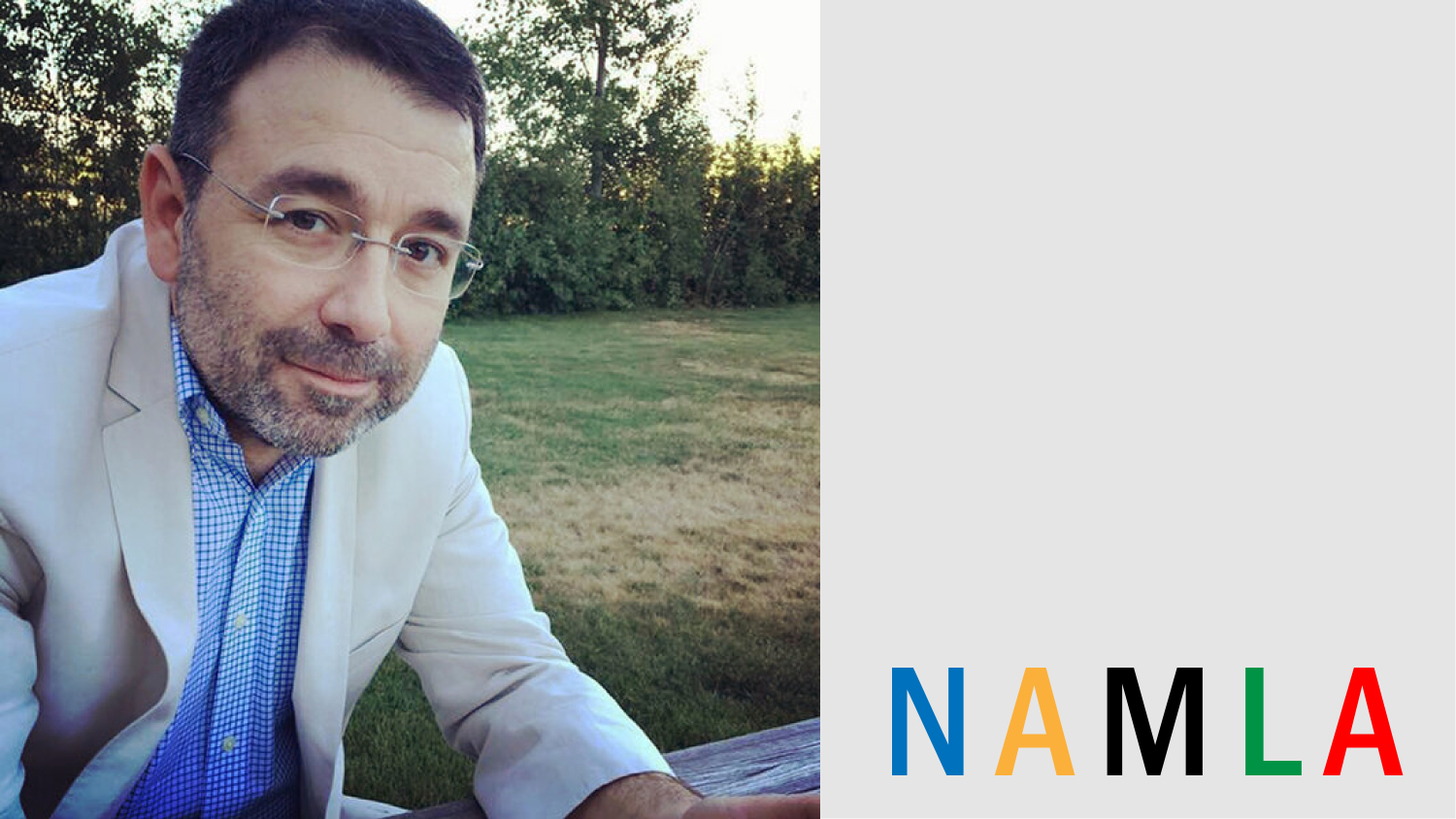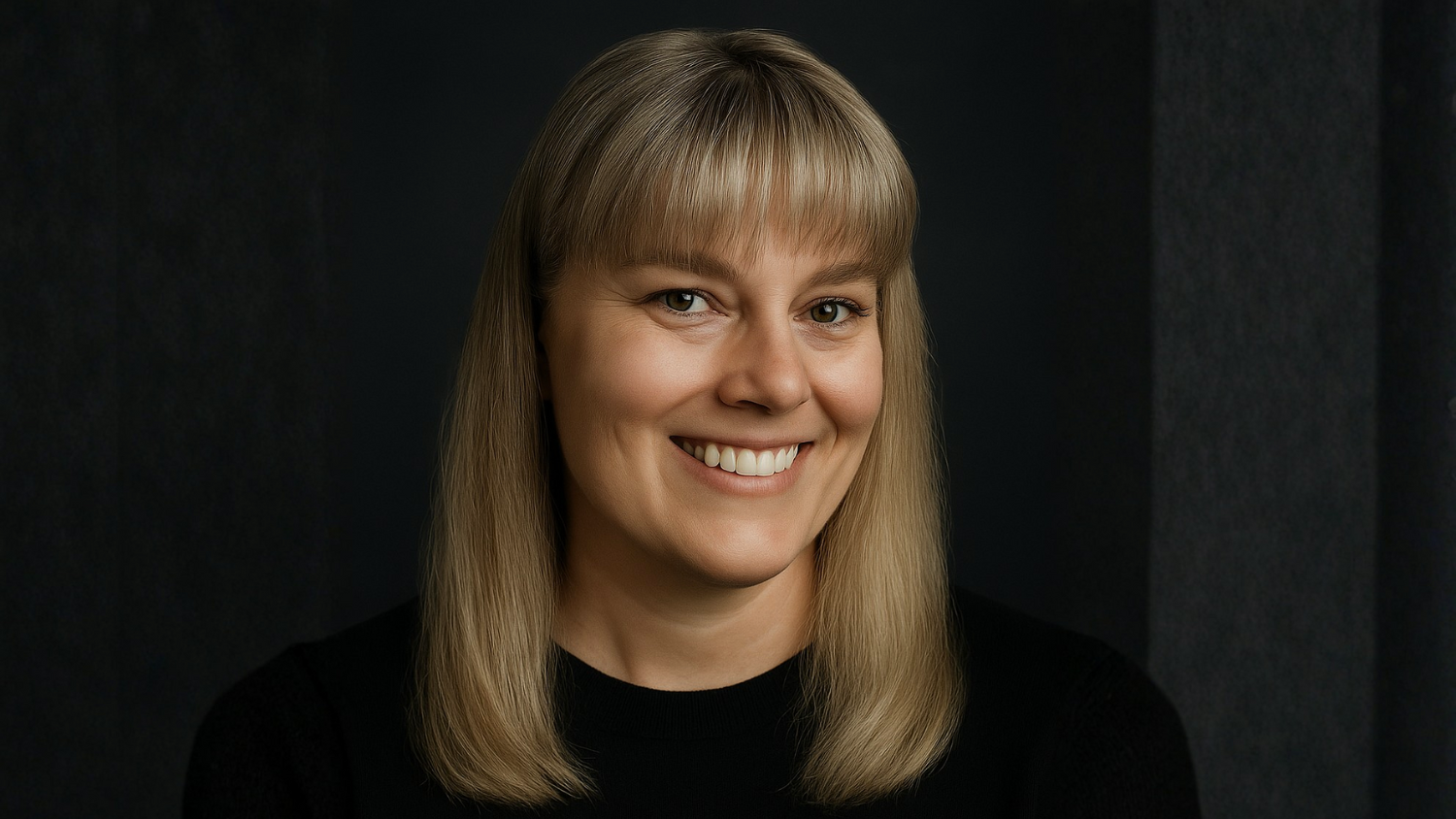Room to Lead

Steven Chavez is a student practitioner in the Doctor of Design program at the College of Design. He is the founder of NAMLA, the National Association of Minority Landscape Architects. Read his recent interview with Landscape Architecture Magazine below.
By Ninon Scotto di Uccio
FROM THE MAY 2021 ISSUE OF LANDSCAPE ARCHITECTURE MAGAZINE.
Last winter, Dana Tinio, Student ASLA, a graduate student in landscape architecture at the University of California, Berkeley, responded to a prompt the National Association of Minority Landscape Architects (NAMLA) posted to its Instagram account: “What do you think is the biggest challenge for minorities in obtaining leadership roles in landscape architecture? And what would you propose to remedy this challenge?”
The prompt was part of NAMLA’s first mini-scholarship campaign for students, and it carried a tempting prize of $500.
“Landscape architecture in the U.S. is a historically white profession guided by Western pedagogy, thought, practice, and bias,” wrote Tinio in her winning submission. “This fact underlies the biggest barrier for minorities to achieve leadership roles in the field. Though the discipline is growing more diverse, changing dominant structures and perspectives is a challenge.”
Her submission was one of 16 reflections on the lack of minority representation in leadership that NAMLA received from landscape architecture students. The theme was chosen for the first scholarship “because current leadership is not giving us the opportunities,” say NAMLA’s founders, Steven Chavez and Sara Abed, ASLA.
The founders chose Tinio’s response because her essay looked at difficulties minorities are confronted with at different levels of their career in landscape architecture and not at a single challenge. Tinio also identified other needs including knowledge about the profession in youth and addressing the lack of minority representation in student bodies, faculty, those with tenure, professionals in the field, and leadership. She also used data illustrating unambiguously that the profession is lacking minority representation. “Only 10 percent of professionals identify as Latino and only 3 percent as Black, both of which are disproportionately less than their representation in the U.S. population,” Tinio wrote.
Using data to measure both what is not being done and what needs to be done to bring more diversity into the profession is one of the strategies the founders of NAMLA would like to put in place. More and better data could help identify who is applying for which positions, who is getting short-listed, and how the representation of minorities in the profession compares to the client population.
Chavez, who in addition to practicing has recently been admitted to the Doctor of Design program in the College of Design at North Carolina State University, has seen the discrepancy, as he recently observed when applying to work on a project in San Fernando, California. “The city is 93 percent Latino, and it goes to a white-owned firm who has a couple of Latino principals,” he says. Many of those short-listed firms were white-owned and not from the area. “When there is no shortage of firms, that’s a hard thing to grasp, and that’s what keeps the fire going.”
As they collected responses from students representing Asian, Black, and Latinx communities, the same obstacles were mentioned, such as not being able to imagine themselves in leadership roles because the current leadership did not reflect them, as well as difficulties fitting into the general professional culture. Students also mentioned the creative potential they could bring to a team by being from a different background. Yet more challenges, such as classes not being offered at night, the culture of all-nighters, the background and financial stability needed to get through college, and apprenticeships not being accepted for a licensure, keep minority students from joining the field.
None of the responses surprised Abed, a first-generation Syrian Mexican American, or Chavez, a minority business owner. The NAMLA cofounders were also able to identify with the imposter syndrome expressed by Diosmiry Rodriguez in her submission: “Disoriented from the real goal of creating a better and more sustainable world, I have fallen into the notion of believing that I don’t belong in that frame.” Students also believed that they were not given a fair chance to progress in the field, as Ernesto Perez, Student ASLA, conveyed: “When it comes to leadership roles, many times our academic background, even professional experience, isn’t enough.”
This scholarship series was a way Abed and Chavez saw to help students financially, while prompting aspiring landscape architects to think critically about the profession and what the challenges are for minorities who want to join. “We’re really trying to get at things at a structural level and not this small incrementalism that has been talked about for years and years now with very little progress,” Chavez says.
It also fits with NAMLA’s larger mission to “increase minority representation at all levels of landscape architecture practice and academia,” and to confront structural racism in the field. The organization was created in the summer of 2020, in part from Chavez and Abed’s experiences navigating the profession. “I just wanted to be a landscape architect, because I love what they do, but then I started studying, and I thought, Oh, my God, am I really going to be able to fit into this profession or get any work?” Chavez recalls.
Now the founder of his own firm and an educator, Chavez pursued his studies despite his misgivings. “I noticed it in what we were being taught, [and] in the material, no one looked like me,” Chavez says. He had a hard time landing a full-time position after graduation and felt as if he didn’t fit in racially and culturally in design offices.
Chavez previously worked in the custom car industry, and says he thought that landscape architecture lacked socioeconomic and cultural diversity, and that the general monoculture pressured him to fit into rigid community rules.
“There is a high degree of classism in landscape architecture; it’s not just racism,” Chavez says. He believes that the kind of “professionalism” present in the field deters a lot of highly creative people of color, people who are coming from low-income environments, and people from less educated family backgrounds, because they do not want to conform.
Abed, a landscape designer, has been working in the profession for five years and is currently working in landscape construction. She says she felt a similar frustration with the lack of representation, especially when she started working. What helped her was pouring her energy into community-driven work. She started volunteering with the Arab American Civic Council, devoted herself to environmental justice work in Orange County, California, and helped refugees integrate into American society. She also experienced sexual harassment while working and feared moving to different offices. “I find healing in doing this kind of work, because I don’t want this to happen to other women or other minority women in the field,” she says.
Abed and Chavez met while working on a project together at California State Polytechnic University, Pomona. He shared an Instagram post about a lack of minorities in the profession, which she then reposted on her forum. This year, the National Organization of Minority Architects, or NOMA, will celebrate its 50th year, but there was no similar organization for landscape architects. They both saw the urgent need for the organization they would create since there weren’t any nonprofits solely dedicated to bringing awareness to the issues in the landscape architecture profession.
“If the need wasn’t so starkly there, I don’t know if we would have started it,” Chavez says. “But once we started it, we had a lot of people get behind us, which reinforced the idea that it is needed.”
After reading the scholarship submissions, Abed observed, “It’s a good thing that we exist, because they need a comfortable space to just share these things. It’s tough when you’re a student and you’re navigating the professional world to get some assistance without fear.”
One student chose to remain anonymous for their submittal, which showed the apprehension of people of color who want to speak out about what’s going on. “It’s important for us to just hear them out, and we wanted to assure them that it’s okay to speak your mind. Given some of the leadership in some of these firms, you can easily be intimidated,” Abed says.
In addition to creating a safe space for minorities in the field, NAMLA is creating a network of minority-owned landscape architecture firms across the country and highlighting them on its website. It also plans to support young professionals through programs, mentorships, and scholarships, and by providing portfolio reviews to help them integrate into the industry.
The next mini-scholarship offered by NAMLA will be awarded at the end of May. The program will continue quarterly and include collaborations with organizations outside landscape architecture that deal with racism at a systemic level.
Five student NAMLA chapters are being established at Florida International University, Washington State University, Cal Poly Pomona, Cal Poly San Luis Obispo, and the Ohio State University. “Students feel a very urgent need to do something like this with their peers on their campuses because they feel that what exists right now isn’t suiting their needs,” Abed says. “They want something that uplifts them and benefits people that look like them.”
Ninon Scotto di Uccio is a reporter investigating issues of environmental justice in California and France.
This post was originally published in College of Design Blog.
- Categories:


